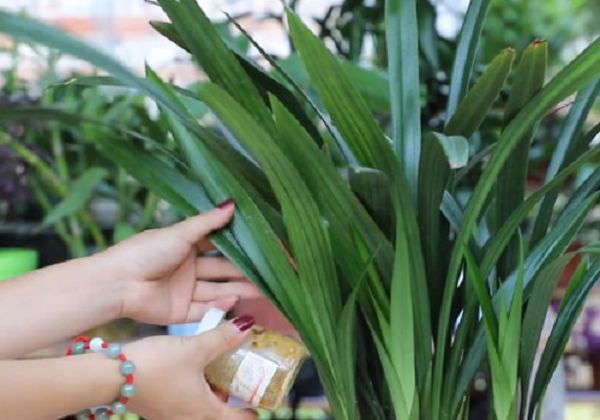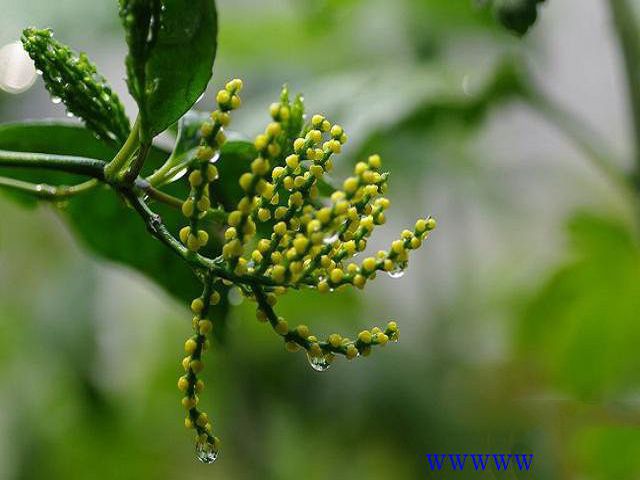Why don't orchids blossom? The reason why orchids do not bloom
Recently, some flower friends said that their orchids do not bloom. So, what causes orchids not to bloom? The following is a brief introduction to several reasons why orchids do not bloom.
1. Improper water and fertilizer
Orchids are fleshy roots. If watered excessively, the pot soil is wet for a long time, which is easy to cause rotten roots and yellow leaves; but watered too little, the pot soil is too dry, which is easy to cause pseudobulbs to dry up or other tissues to affect metabolism due to water loss, which will also lead to tissue weakness and poor plant growth, so it is difficult to bloom. Therefore, orchids should be watered in a timely manner. The experience of our horticultural predecessors in orchid cultivation is: "Spring is moist, summer and autumn are slightly wet, winter must be moist with dryness," these experiences are very valuable and worthy of our reference. Because summer and autumn is the period of vigorous growth of orchids, if the soil is partial at this time, it will inhibit nutrient absorption, thus affecting reproductive growth and flowering. Winter room temperature is low, soil is too wet, easy to rot roots, and affect its dormancy. Too much or too thick fertilization, easy to cause root rot, so that leaf color yellow, leaf tip withered coke; if partial rotation of nitrogen fertilizer, so that the plant excessive growth, affecting flower bud differentiation, these factors will affect the normal flowering of orchids.
2. Too little light
Although orchids are sun-loving flowers, it does not mean that they do not need light. If it is allowed to grow in the dark for a long time, the accumulation of organic matter is limited, which cannot meet the needs of reproductive growth, thus affecting flower bud differentiation, and there will be no flowers or few flowers in the coming year.
3, winter room temperature
Although the orchid is native to the south, it maintains wild resistance, so the temperature requirements for overwintering are not high, and generally the winter room temperature is not more than 10℃. If the temperature is too high, spring orchid and so on do not get dormancy will affect the flowering of the next year. On the contrary, if the temperature is too low, the root system is vulnerable to damage, which will also affect flowering.
4. Diseases and pests
Orchids suffered serious damage from anthracnose, scale insects and other diseases, but also failed to control in time, resulting in weak plant growth, but also difficult to bloom. In addition, the division of plants is too scattered, the single leaves are few, and the accumulation of organic matter is small. It is also not easy to flower; the plant grows too vigorously, the leaf buds are more, and it is easy to inhibit flower bud differentiation. To make domesticated orchids bloom, we should strengthen the usual maintenance work, especially pay attention to water and fertilizer, light, temperature several links, can be satisfactory.
Related
- Is the orchid suitable for indoor use? Is it good for the body?
- How to prevent the empty root of orchids?
- What to do after the crab claw orchid is withered?
- Why are the leaves of orchids always yellow? Fertilizing and watering.
- Can the root of the gentleman orchid be saved if it is rotten?
- Diagnosis and treatment of cotton-blowing beetle insects in Cymbidium
- There is a way for a gentleman's orchid to rot.
- What is the most suitable temperature and humidity for the orchid?
- How to raise a gentleman's orchid? Cultivation techniques of Cymbidium
- How to prepare the nutritive soil for the cultivation of Cymbidium



